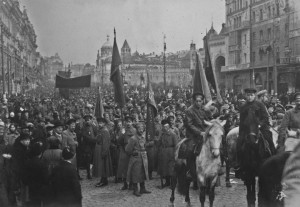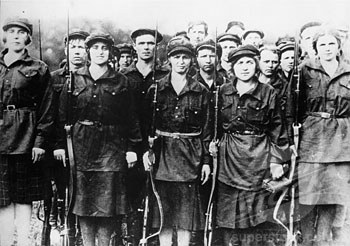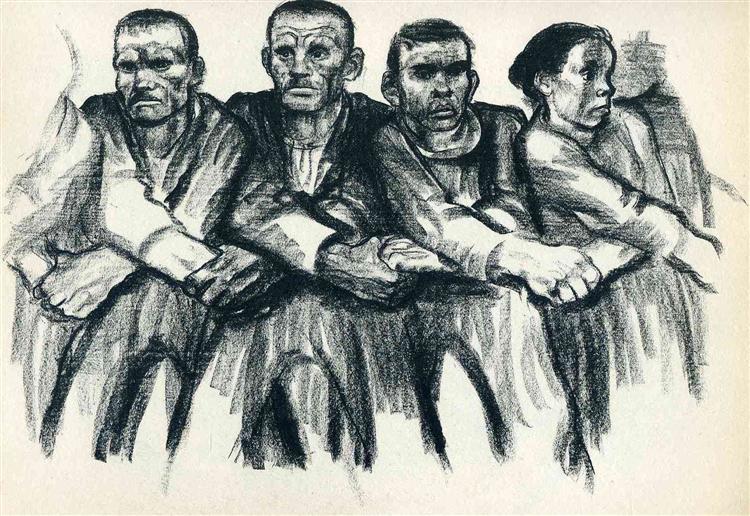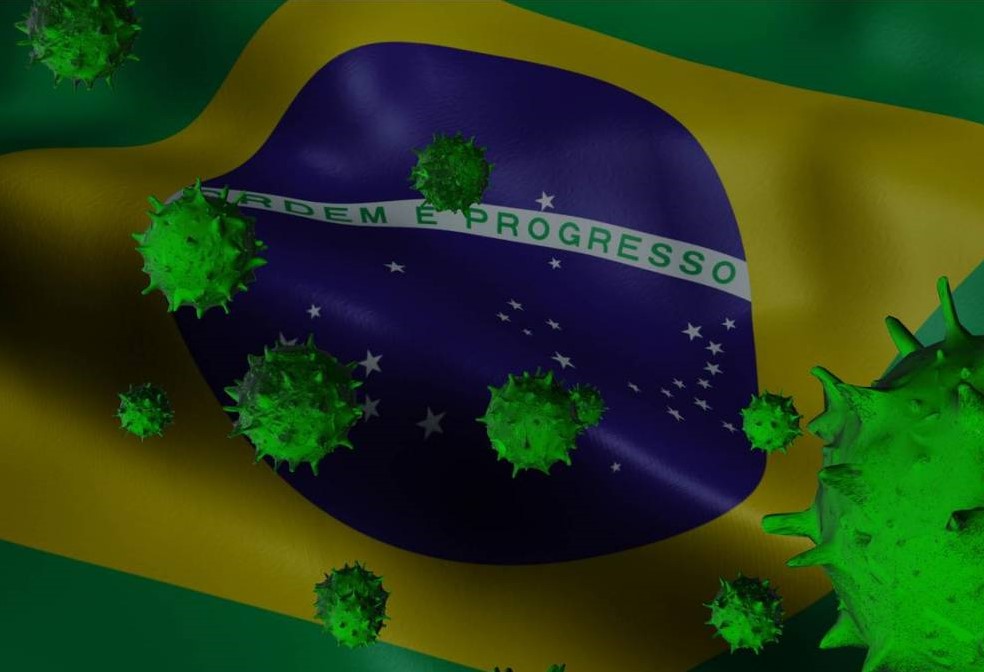The leftist opposition attacked the relationship between the hand-over of management in the large enterprises to former captains of industry, as well as proposals for militarising the workforce, the suffocation of the autonomy the local soviets had enjoyed and, in general, the elimination of grassroots power. By João Bernardo
After the fall of the Berlin Wall – which did not ‘fall’, but rather was cut to bits and sold at graffiti and souvenir auctions – journalists and even many historians promoted the illusion that the only critiques of the Soviet system were elaborated by the social-democratic left and the anti-communist right.
In reality the far left produced critiques of the Soviet regime from the outset, and among these works Lucien Laurat’s book L’Économie Soviétique: Sa Dynamique, son méchanisme deserves special credit. But before tackling the book and its author, it is useful to look into – albeit succinctly – the reality he describes and to know what others have said and written in this respect.
Rosa Luxemburg, although murdered soon after the first anniversary of the Bolshevik revolution, left behind a critique of Lenin’s conceptions which contained in embryo much of what could later be used to critique the Soviet political and economic system. Meanwhile, the left wing of the Mensheviks, who had not abandoned the programme of struggle against the bourgeoisie, formulated equally pertinent critiques of the nationalisation of the economy in Soviet Russia and the crushing of trade unions’ fighting strength. The central question here consisted in the fact that political vanguardism both denied the working masses any political initiative and also left them without any power to take part in economic decision-making.

As EH Carr, the greatest of the historians of the Russian revolution, commented, the Bolsheviks used the factory committees to break the economic and political resistance of the bourgeoisie, but attacked them when they turned to establishing a state-run economy. The creation of the Supreme Council of the National Economy (Vesenkha) in December 1917 provided the institutional framework in which workers’ inspections – and, even more so, workers’ control – were emptied of any substance and their functions appropriated by the Soviet government. Soon the factory committees were subordinated to the trade unions and converted into union branches, even though – or perhaps, all the more so because – union representation was scant. Vesenkha, which, according to its president Alexey Rykov “emerged from the Petrograd factory committees”, had already ceased to be a soviet by Autumn 1918 and operated to all intents and purposes as a department of the state. Workers’ autonomy was transformed into its exact opposite. Working-class forms of economic organisation had barely begun to take shape when they were dissolved and substituted by a traditional-type administration.
Many of the old managers and some of the great industrialists were not slow to realise where their interests lay, and offered their skills and services to the Supreme Soviet of the National Economy to aid its centralisation effort. Vesenkha, in particular after March 1918 when Rykov, Yuri Larin and Vassili Milyutin took charge, opened its arms to specialists from the former ruling classes, recognising the positions of technical and administrative managers, and even some ex-proprietors in industrial enterprises. Similarly, the majority current in the Bolshevik Party allowed the former directors of the nationalised banks to continue to exercise administrative functions and employed former wealthy landowners as directors and technicians in state farms.
The civil war interrupted links with the wealthiest bosses but what did not diminish was the integration of former technicians and administrators into the Soviet regime: quite the reverse. When Lenin declared – and he did so many times, always using similar words – that “without the guidance of specialists in various fields of knowledge, skills and expertise, the transition to socialism is impossible” he was not only formulating a programme for alliances, but equally defining socialism – his socialism – as flowing from the actions of management. “It is curious”, Carr observes, “that the measures with the widest reach in industry during the war communism period were in large part applied thanks to the active collaboration of former bourgeois technicians and industrialists”.

But the administration of enterprises had two sides, intimately linked: having looked at what happened with management, we must now turn to what happened to the workforce. After the general mobilisation decree of 10th April 1919 and in particular after winter 1919-20, the Soviet government multiplied its measures of control over the workforce and introduced ever stricter labour laws. This process continued with the militarization of labour, discussed and adopted at the 9th Party Congress in March 1920. At this time the use of prison labour for productive ends had not reached the systematic proportions it would do later, but it is certainly possible to argue that given the general mobilisation and the enactment of a multitude of obligatory measures, it was unnecessary to subject part of the workforce to a special kind of slavery, when the whole workforce was already enslaved. However, in April 1919, exactly the same month as the promulgation of the decree ordering general mobilisation, the first forced labour camps were organised. Although the prisoners’ activity was regulated by the labour code and their pay corresponded to the rates set by the unions, the administration of each camp had the right to reduce pay by one-quarter. At the same time were established concentration camps, with harsher conditions: even if at first these were reserved for people found guilty of counter-revolutionary acts, they soon became home to all types of enemies of the regime. This unleashed – and very soon, too – the trend which led to the proliferation of the concentration-camp system in the Soviet Union.
Faced with those who defended the hand-over of management powers to technocrats and former owners and those in control before the revolution, Trotsky proposed the establishment of a true system of state-run slavery. We might think of his speech the Party’s 9th Congress in March 1920, which adopted his theses on the complete militarization of labour, or his intervention at the 3rd All-Russia Trade Union Congress soon after, when in reply to Menshevik criticisms that “forced labour is always unproductive” he argued that this notion represented “an old bourgeois axiom converted into a prejudice”. Indeed to the argument that the transition to socialism itself would be doomed to failure if it was based on forced labour, Trotsky declared “the criticisms we now hear questioning the military organisation of labour are in fact directly targeted against the socialist organisation of the economy in our transition period” and went on to explain his ideas even more clearly: “during the transition period coercion plays a huge role in the organisation of work, and if forced work is unproductive, well then our economy is doomed […] if coercion is incompatible with labour productivity then however expert we are and whatever we do, we are inevitably destined to economic decline”. The Bolshevik regime, through the voice of a man who was then one of its leading representatives, clearly identified itself with forced labour. “Without the means of government coercion which constitute the foundations of the militarisation of labour, the substitution of the capitalist economy by the socialist economy would be but an empty phrase”, Trotsky later explained to the trade unionists.
It was in this period that Lenin, against the leftist opposition in his party, proceeded to the curious discovery that the immediate enemies of socialism were the small proprietors and finance capital, but not the great barons of industry. Socialism became confused with the power of administrators. In theses published in April 1918 the leftist opposition attacked the relationship between the hand-over of management in the large enterprises to former captains of industry, as well as proposals for militarising the workforce, the suffocation of the autonomy the local soviets had enjoyed and, in general, the elimination of grassroots power. The conceptions which Rosa Luxemburg criticised on a political level had already displayed their results in the economic arena.
Translate by The Commune. Original at http://passapalavra.info/2010/01/17033.







